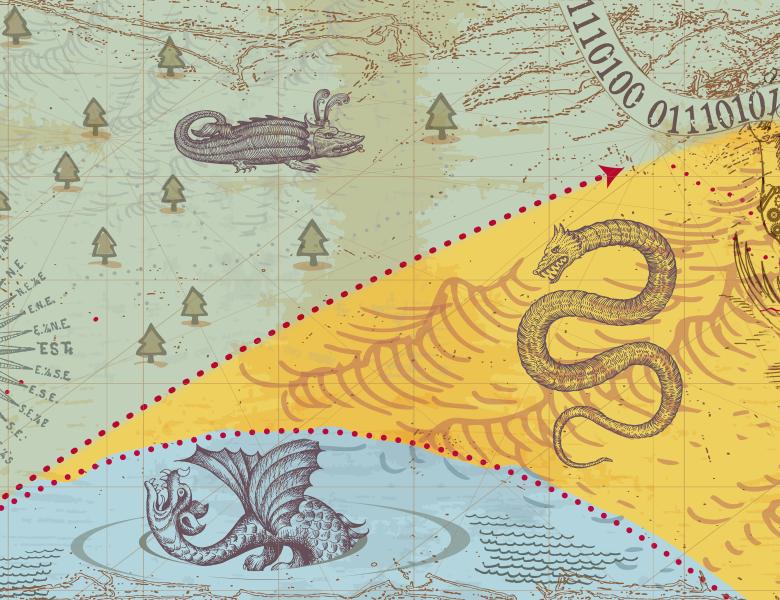
Abstract
There is a growing collection of average-case reductions starting from Planted Clique (or Planted Dense Subgraph) and mapping to a variety of statistics problems, sharply characterizing their computational phase transitions. These reductions transform an instance of Planted Clique, a highly structured problem with its simple clique signal and independent noise, to problems with richer structure. In this talk we aim to make progress in the other direction: to what extent can these problems, which often have complicated dependent noise, be transformed back to Planted Clique? Such a bidirectional reduction between Planted Clique and another problem shows a strong computational equivalence between the two problems. As a concrete instance of a more general result, we consider the planted clique (or dense subgraph) problem in an ambient graph that has dependent edges induced by randomly adding triangles to the Erdos-Renyi graph G(n,p), and show how to successfully eliminate dependence by carefully removing the triangles while approximately preserving the clique (or dense subgraph). In order to analyze our reduction we develop new methods for bounding the total variation distance between dependent distributions. Joint work with Guy Bresler and Yury Polyanskiy.


